In the rapid and extensive development process of the Industrial Revolution 4.0, human resources are considered the core factor determining the position, competitiveness and durability of the country. In response to that requirement, Resolution No. 71-NQ/TW dated August 22, 2025 of the Politburo on breakthrough in education and training development, identified "building a culture of quality, practical learning, practical work" as a key focus.
Liberating old educational thinking
Our Party and State have long determined that Education and training (GD-DT) is the top national policy. Many important policies and guidelines have been issued, creating motivation for innovation, helping GD-DT achieve remarkable achievements: Vietnamese students regularly win high prizes in international competitions; the intellectual team is increasingly large, contributing to many successes of the country. However, looking directly at reality, GD-DT still has shortcomings and limitations, and has not really become a key driving force for the country's breakthrough development. The system of higher education and vocational education is fragmented and backward, not meeting the requirements of training high-quality human resources and scientific research, especially in some key industries and fields.
The highlight of Resolution 71 is to make “practical learning and practical work” one of the key breakthroughs. The essence of “practical learning and practical work” is learning combined with practice, learning to do real work, solving social needs, not just learning to get a degree or chasing after fame. This is also the “medicine” to overcome the disease of achievement that has existed for many years in our country’s education and training system.
Many universities and colleges today have a rate of over 70% of students graduating with honors or distinction. However, when recruiting, businesses complain that many graduates have good degrees but their actual abilities are not the same as stated in their degrees. There are cases where students graduate with honors but when asked by business leaders, they do not remember the topic of their graduation thesis. This shows that if training is only theoretical and lacks practical experience, the educational product will be far from the needs of society.
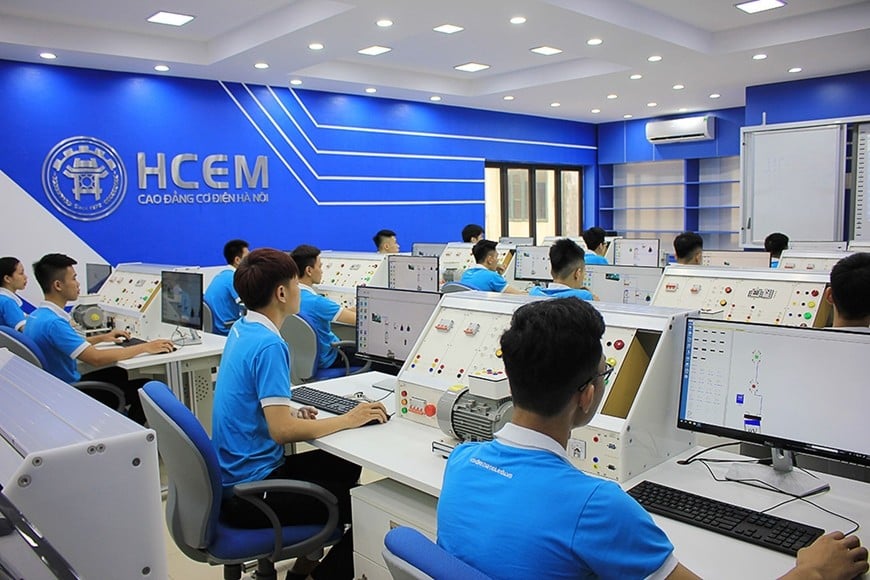
Enterprises are the customers of universities and colleges. If customers are not satisfied, the vocational education product is considered a failure. To change this situation, the training program must strongly shift from heavy theoretical learning to project-based learning, based on real situations. Students need to be trained as real “workers”, facing real problems, real tools, real processes.
In vocational education, the practice rate should account for 70% of the training time. Without practice conditions, vocational training will become a formality. An automobile student cannot become a good mechanic if the whole learning process only involves looking at models without operating on real engines; a refrigeration student cannot work if he lacks equipment for disassembly, repair, etc.
For a long time, we have talked a lot about the problem of achievement in education, "too many teachers but not enough workers", but recently the story of "too many workers but not enough skilled workers" has become an alarming problem. To solve the problem of lack of skilled workers, the State needs to strengthen post-control, strengthen supervision and inspection. Educational institutions will gradually be given autonomy, but in return, the head must be responsible for the quality of the students that the school trains.
In reality, for the automotive technology industry of Hanoi College of Electromechanics, if taught in the usual way, the school would have to buy a lot of car engines to teach students about structure, disassembly, maintenance and repair processes, and with the current large number of students, a huge amount of funding would be needed. Therefore, for many years, the school has brought technology into the classroom, creating virtual reality classes, helping students to form knowledge and skills, and then they are all very proficient when learning with real models. In addition, the school has promoted digitalization, using LMS software to help transform the training model from traditional direct to improving self-study ability, creating a learning environment anytime, anywhere.
Building a new generation for a new era
For a long time, many universities and colleges across the country have been in a state of approaching training without any reference to standards, mostly training what they have without training what society and businesses need. We need to determine that human resource training is first and foremost training "real-life" people, who after graduating not only can do the job immediately but also have to do it well and effectively. Every teacher when teaching needs to set the goal of training students to do real work. Instead of just passively imparting knowledge and basic skills, currently, educational institutions need to promote project-based training so that students can "do the job" more. If we solve the problem of training what society and businesses need according to a standard, students after graduation will no longer have to worry about lack of jobs, and businesses will even come to the school to recruit.
The success of vocational education is measured by the satisfaction of businesses with the skills of graduates. In many developed countries such as Germany, businesses even directly open training centers in their factories. Vietnam also needs to encourage this model with tax incentives and other support policies. At the same time, the State must ensure the budget for high-quality facilities, build national brands and reach international standards. Currently, most Vietnamese businesses are medium, small and micro, and it is difficult for them to organize training themselves, so the State really needs to place orders and support costs. The specificity of vocational training is that it must be linked to practice, otherwise students will only learn theory and will almost have to relearn the profession from the beginning after coming to companies and businesses. To have high-quality technical, scientific and technological human resources, the State needs to focus on investment, reduce the number of contacts, and at the same time encourage large enterprises to participate in training, while small enterprises will continue to be supported.
In order for “practice learning and practice” to become a culture, the core is that each educational institution must nurture the aspiration to build a happy school - a place where each teacher feels responsible and proud in the career of “cultivating people”; where each student can live, learn, work and grow up in an honest, healthy, serious and creative environment. A school can only truly transform itself when the school itself truly aspires to change, considers the responsibility of education sacred and takes quality as the standard. The head of the training institution must be responsible for the students he trains, and cannot open too many majors, attract too many students to expand the training model mechanically.
“Practical learning, practical work” is not just an orientation, but must become a system of educational values, throughout from macro management to micro teaching, from policy planning to action in each lecture, each class hour and permeate the thinking of students. Only then can we train a new generation capable of serving the increasingly high and difficult requirements of the country’s key areas in the new context.
Source: https://baolangson.vn/thuc-hoc-thuc-nghiep-de-co-nhung-nguoi-thuc-chien-5060571.html







![[Photo] Binh Trieu 1 Bridge has been completed, raised by 1.1m, and will open to traffic at the end of November.](https://vphoto.vietnam.vn/thumb/1200x675/vietnam/resource/IMAGE/2025/10/2/a6549e2a3b5848a1ba76a1ded6141fae)
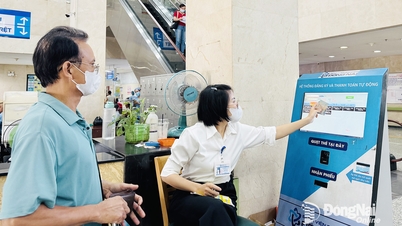



















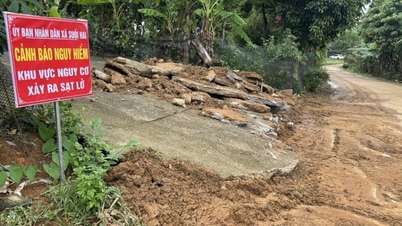
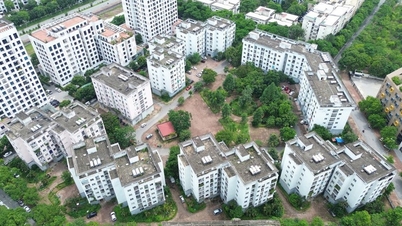





































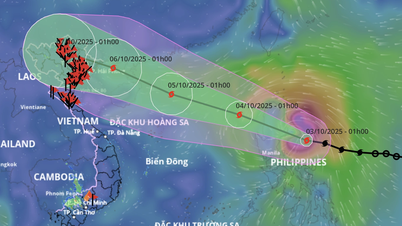
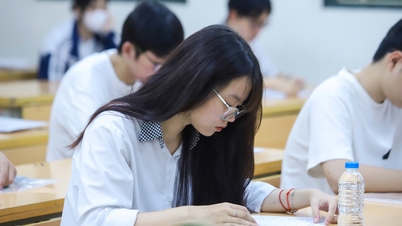
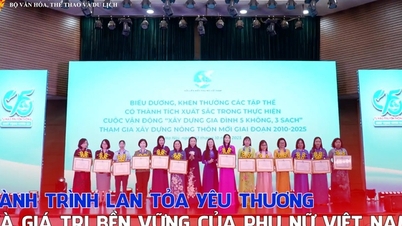








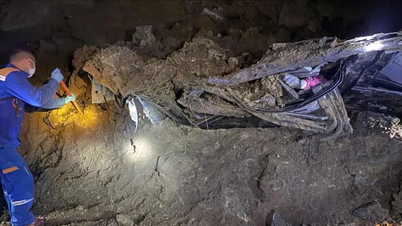


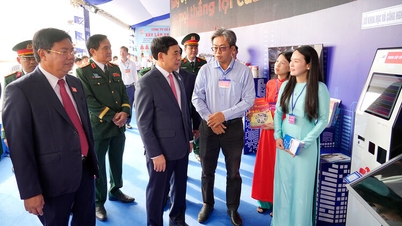
















Comment (0)